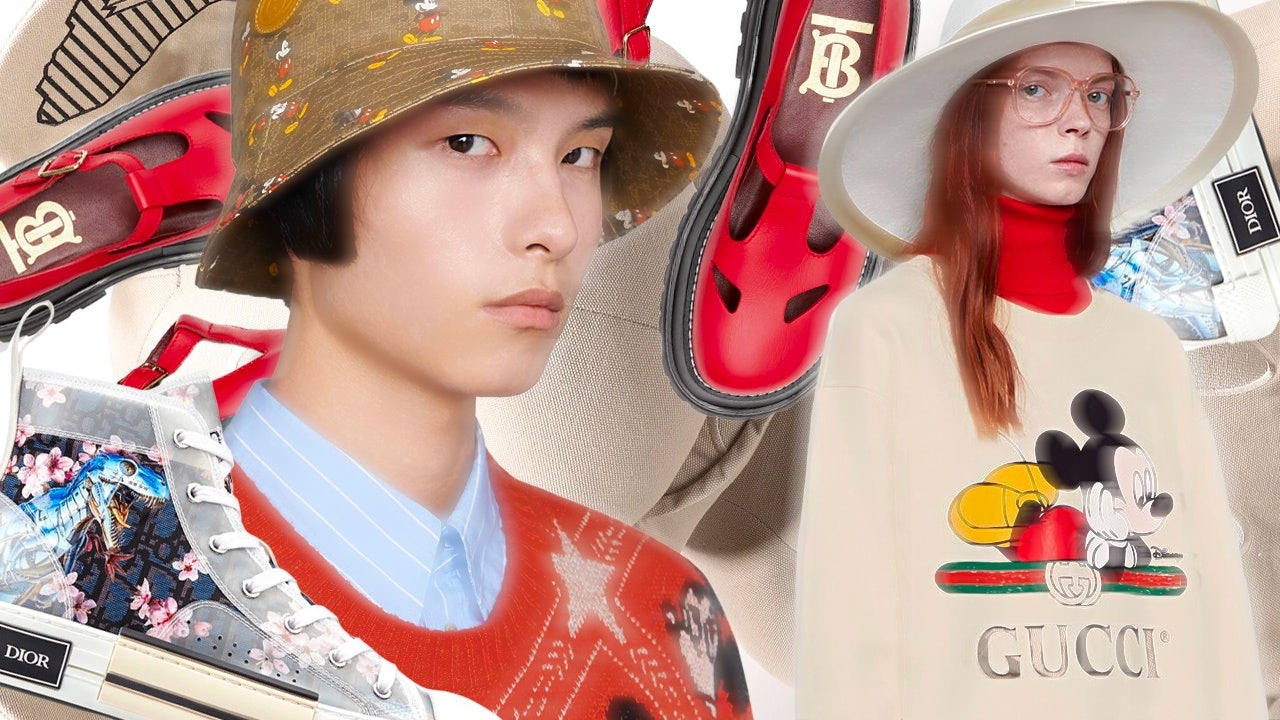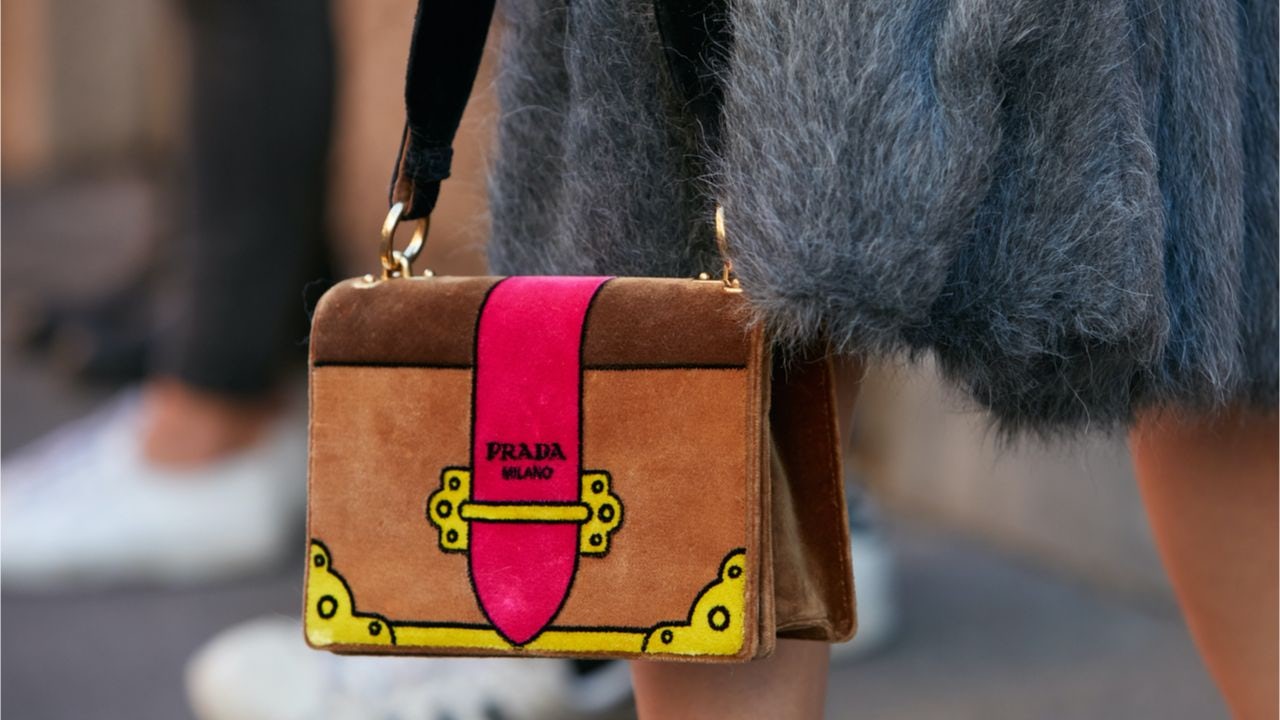According to Alizila and an eMarketer report, China’s 1.94 trillion e-commerce market is the largest in the world, more than tripling the 600 billion in US market sales. Certain top marketing strategies produce better results than others, and cross-category marketing is one that has done well in China. That’s especially true for retail industries like cosmetics, footwear, and the streetwear fashion category.
Younger consumers enjoy brands that build hype and awareness through exclusive lines and advertise collections or products through surprising or unexpected practices. For instance, luxury houses such as Burberry, Trussardi, Hermès, Gucci, Prada, Perfect Diary, and Louis Vuitton are currently using cross-category marketing to promote collaborations with contemporary artists or museums.
Forbes highlights how even a domestic heavyweight like Perfect Diary used cross-category marketing to advertise its “Fantastic” eye shadow kits, which were inspired by Italian Renaissance “maiolica” art. Perfect Diary released these kits in collaboration with the British Museum of Art.
Luxury conglomerates LVMH and Kering are veritable industry disruptors, so they understand that wealthy Chinese consumers see shopping not only as a necessity but also as an activity or entertainment. Consequently, they release collaborations and collections that are social, engaging, and always surprising.
Now let’s take a look at why cross-category marketing works in China:
Novelty, limited edition products#
According to McKinsey, Chinese millennials “are spending to show off their success, and to demonstrate individualism in the world’s most populous urban landscape.” Chinese Gen-Z consumers are also keen on expressing their individuality, and McKinsey emphasizes that almost 70 percent of post-’90s consumers buy luxury to “feel different rather than fit in with society.”
This desire for authenticity pushes younger Chinese consumers to look for limited-edition products and niche items. In other words, they don’t want an easily recognizable style, preferring looks that denote a powerful personality and a clear understanding of market trends.
McKinsey focuses on the 2017 partnership between Louis Vuitton and Supreme, highlighting the success of the collaboration (the limited-edition apparel and accessories collections sold out in 72 hours in Beijing).
Over-personalization#
According to McKinsey’s China Luxury Report 2019, “post-’80s/’90s consumers are most influenced to purchase offline by a more personalized experience.” But with online purchases, personalized digital experiences are also a top priority, and younger consumers expect e-commerce websites to keep track of their past purchases records so they can propose similar offers. Therefore, personalization should be a top priority for both online and offline retailers.
Cross-category marketing delivers beyond traditional marketing experiences by creating an unconventional and hyper-personalized interaction. For example, in 2016, the Foundation Louis Vuitton presented the “Bentu” exhibition, which invited Chinese artists to showcase their art. This exhibit saw tremendous success, and more art-fashion collaborations soon followed.
By connecting the dots between fashion and art and bridging Western and Eastern cultures, Louis Vuitton created a unique and highly-personalized bond between consumers and luxury brands.
Creating new, loyal consumers#
Cross-category marketing opens a brand up to new consumers and markets. The “Bentu” case shows how an art exhibit exposed luxury lovers to contemporary art as well as introducing art aficionados to the fashion house.
Taking a risk and venturing into unfamiliar territory is generally outside our comfort zone, which is why few find the courage to try this marketing tactic. However, in a highly-competitive world, even the most successful players are looking in the most unexpected places to find additional income streams. These days, universities fund startups, oil companies finance museums, and luxury houses partner with streetwear brands. These partnerships enhance brand equity while opening up the brand to a larger audience.
In “Enchanting a Disenchanted World: Revolutionizing the Means of Consumption,” George Ritzer writes that “no matter how astonishing, consumers grow accustomed to extravaganzas. To attract their attention, let alone their business, the next spectacle must be even more awesome than the last.” Basically, in a turbulent, highly-connected world where consumers are becoming increasingly bored with standardized marketing practices and repetitive ads, gestures like savvy partnerships and cross-category marketing might be the only way forward.
Consumers demand “extravaganzas” such as Pepsi’s Super Bowl Halftime show (a partnership between the National Football League and a soft drink manufacturer) or over-the-top marketing solutions, not the same old ads with beautiful girls in designer clothes posing on yachts. The digital revolution has forced luxury brands to evolve, which has made it even broader. Thus, in the future, cross-category marketing will become even more popular, and there will be much greater industry participation.

